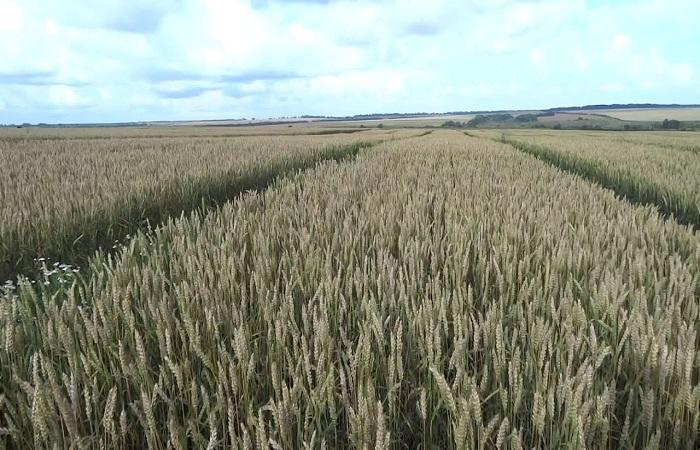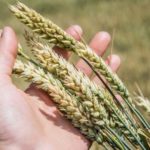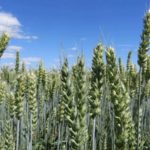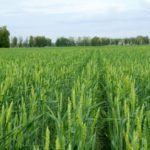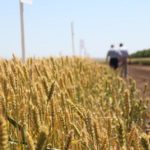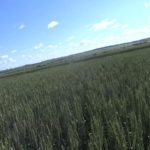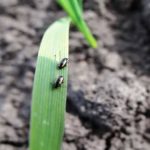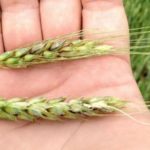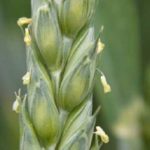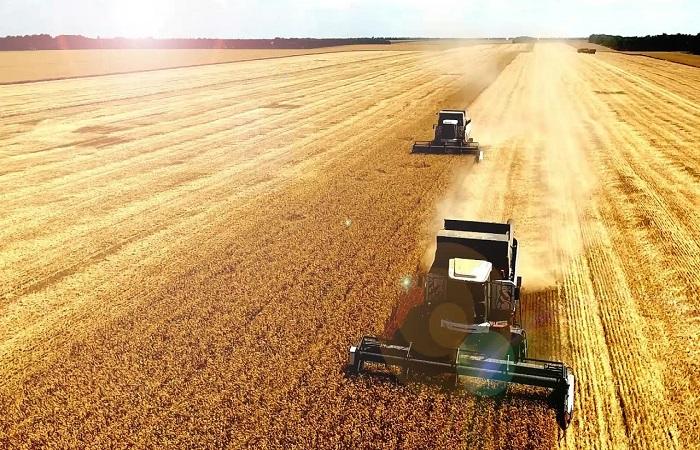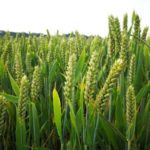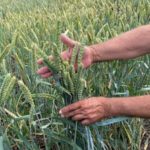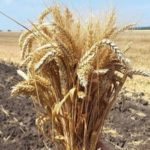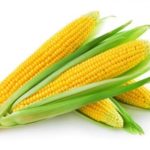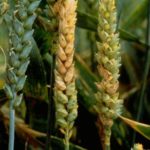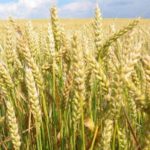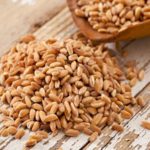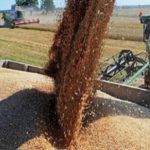The characteristics of the Licamero wheat variety make it attractive for cultivation by farmers. The mid-season variety is included in the State Register and is intended for cultivation in the North-West, Central Black Earth and Central regions. Let's consider the description and characteristics of this wheat variety, advantages and disadvantages. How to grow it correctly, care for plants, protect them from diseases and pests, harvest and store the crop.
Description and characteristics of wheat
Pedigree of the spring variety Licamero: (Hanno x Devon) x (STRU689 x Quattro). The wheat is medium-height, semi-erect. The spike is pyramidal, medium-dense, white. The grain is colored, the weight of a thousand grains is 33-44 g. The average yield is 29.7 - 41.0 c/ha, the maximum is 73.4 c/ha. The growing season lasts 72-97 days.
Licamero wheat is resistant to lodging and moderately resistant to drought. Weakly affected by brown rust, powdery mildew, and root rot. The flour quality is good.
Positive and negative sides
The positive aspects of the variety include:
- rapid development of plants in the initial stages of growth;
- high percentage of protein in grain;
- resistance to fusarium head blight and septoria blight;
- a large number of grains in an ear and a mass of thousands of seeds;
- tolerates frost, can be sown early.
Disadvantages: weakly, but susceptible to fungal diseases (powdery mildew, brown rust, root rot).
How to grow Licamero
The predecessors of the Licamero variety are winter fallow, weed-free row crops (green corn, sugar beets, melons, potatoes), peas, perennial grasses and cereal-legume mixtures. It is not recommended to choose crops that dry out the soil as predecessors: sorghum, early spring crops, sugar beet, alfalfa, Sudanese, sunflower.
To obtain high-quality grain, you should apply root fertilizing with nitrogen in the amount of 30 kg per hectare on moist soil. Or feed the leaves with 15-20% urea.
When growing Licamero wheat in a region with unstable and insufficient moisture, it is necessary to carry out field work in a timely manner in order to accumulate and rationally use soil moisture. If the predecessors of wheat are peas or early grains, and the soil on the field is dry, then discs are used to retain moisture and destroy weeds; if the soil is wet, flat-cut tools and frame hulls are used.
If the site is dominated by root shoot weeds, it is necessary to carry out at least 2 soil treatments, the first to a depth of 10-12 cm, the second after 2-3 weeks. Annual weeds are removed with disks. In the spring, after the soil has matured, it is necessary to carry out standard treatment - harrowing and pre-sowing cultivation.
Seed sowing rate per sq. m with early sowing 450-500 pcs., with late sowing - up to 550 pcs. Before sowing, it is necessary to treat the grain and dry it; this is necessary to limit the spread of fungal diseases, the causative agents of which may be on the surface of the grain and in the soil layer.
Rules of care
Harvesting the Licamero wheat variety should not be delayed. Spring varieties accumulate dry matter while the grain is filling, and the transition from pasty to waxy ripeness occurs quickly. Given this feature, wheat harvesting should be done very quickly so that the plants do not stop standing. Permanent grain “drains”, the dry matter content decreases, the quality and germination of seeds deteriorate.
Diseases and pests
Wheat weeds are removed with herbicides; treatment is carried out from the tillering phase to the flag leaf phase. Due to weak tillering, herbicide treatments are mandatory.
Licamero wheat is protected at different stages of growth:
- the first 2-3 leaves - treat plants against grain flies, stem flea beetles, and bread flea beetles;
- tillering - wheat is treated against bugs and aphids;
- tubing - sprayed against bedbugs, root rot, rust;
- the phase of formation of the last leaf-earing – complex treatment against diseases;
- flowering and waxy ripeness - treatment against thrips, bugs, bread beetles and aphids.
Harvesting and storage
If the ripening of the ears is uneven, the wheat is harvested at the beginning of waxy ripeness. The plants have already turned yellow at this time, but the ears still remain partially greenish. The grain has a moisture content of 30-35% and accumulates the maximum amount of nutrients.
The plants are mowed and formed into windrows, in which the grain ripens for 3-5 days. Its humidity drops to 17-18%, then the windrows are harvested using combines. If the ears have ripened evenly, Licamero wheat is harvested immediately from the fields using combine harvesters.
Wheat of the Licamero variety has excellent characteristics, yield and productive qualities.It is grown, collected and stored using standard technology.

